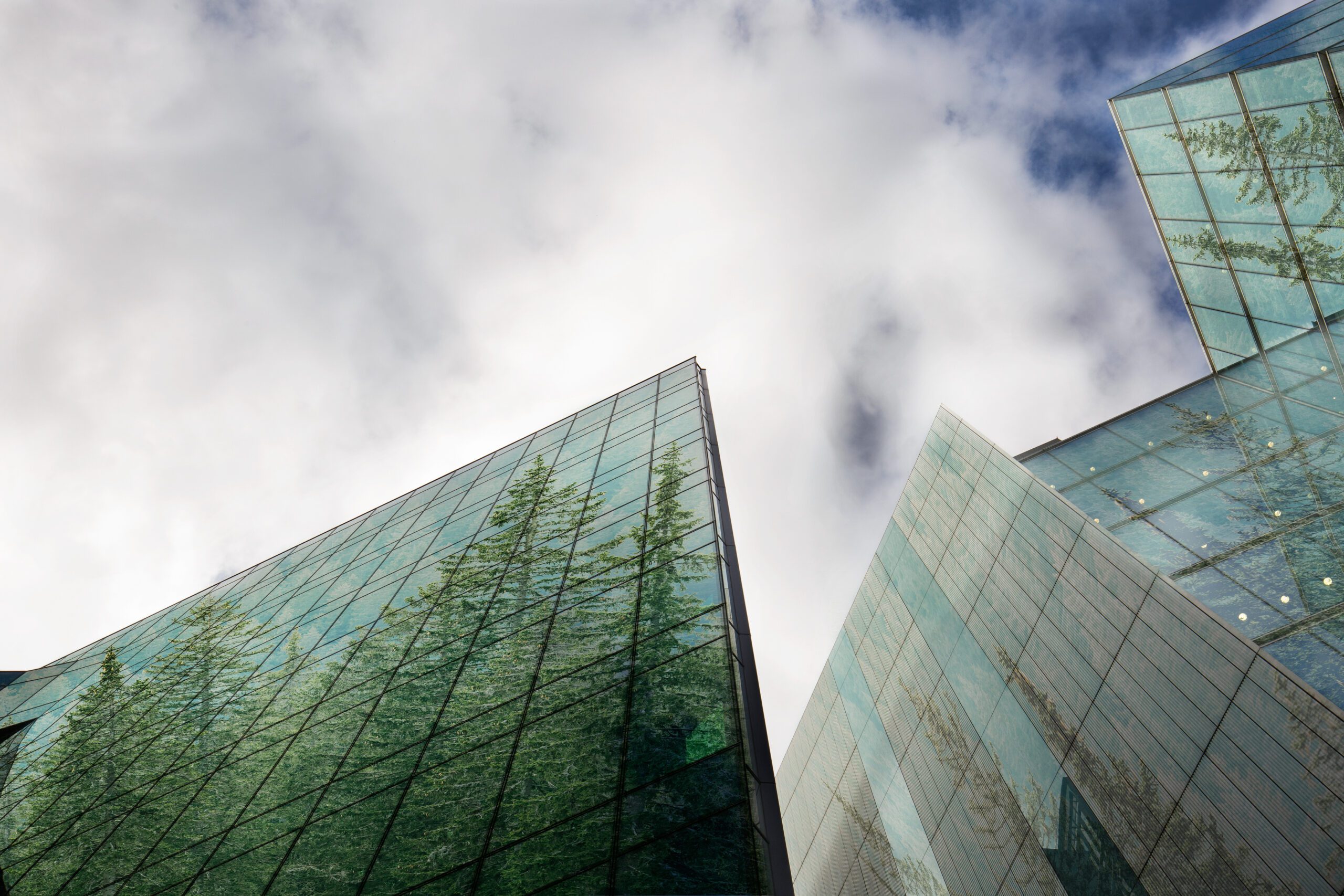This article was originally posted by Facilities Management Advisor.
The Fourth Industrial Revolution
Many former technology executives, including the authors of this article, have left tech companies like Microsoft and Google to helm legacy industries ripe for modernization, including the buildings industry. The digital and physical worlds are increasingly overlapping, and we are now in a new era of how we interact with each other and the world around us. Built environments equipped with the ability to relate to everything and everyone within should be central to this Fourth Industrial Revolution (4IR).
The Built Environment In The 4IR
Society has had human-crafted buildings for at least 12,000 years, but innovation for built structures has been incredibly slow in contrast to other industries. For comparison, we’ve only driven cars for about 140 years. Advanced automotive technologies are now nearly 40% of a modern vehicle’s price tag, including systems like AI, autonomous driving, energy storage, security, and safety.
A built space ushered into the 4IR will sense, think, and act autonomously, significantly increasing efficiency in environmental controls, energy use, and security. Those of us who have worked for high-tech companies see the overwhelming opportunities to bring our building industry into the modern area to address large-scale climate concerns.
Climate Concerns And Building Emissions
Most of us spend a third of our day in buildings without thinking too much about the energy it took to construct it or the systems that keep us safe and comfortable. Heating, cooling, lighting, air purification, and security systems operate 24/7 in commercial buildings, no matter how people are actually using these spaces. Compiling deep data on what is happening within a building is the first step toward developing plans that lower emissions and optimize resources.
Ubiquitous throughout the world, buildings create 40% of annual global CO2 emissions. Commercial building complexes are generally the locus of other energy-intensive activities, like transportation, commerce, and manufacturing, adding to that percentage. Because this is such a massive contributor to greenhouse gases, improving the carbon footprint of buildings can potentially change the course of climate disruption.
Considering that the average commercial building is a precious corporate asset worth millions of dollars, it’s disconcerting to realize that many established buildings lack even the most rudimentary monitoring systems. As noted, the average $30,000 electric vehicle very likely has more technology integrated throughout its frame to track, analyze, and reduce energy use than a $3 million building.
The positive news is that building technologies have advanced over the past decade to where solutions such as artificial intelligence, digital twin, and IoT applications are becoming more accessible, easy to use, and can go a long way toward managing energy consumption. To meet new regulations, many buildings under development integrate these technologies. But with the heavy embodied carbon costs of new construction and raw material transport, it’s generally more energy-wise to reuse and retrofit older buildings.
Career Shifts Towards Sustainability
And the time is now for people to turn their attention toward careers that embrace sustainability. According to the International Energy Agency, for the first time, “more people were employed by clean energy companies” than by fossil fuel companies in 2023. The society-jolting effects of a global pandemic, technological advancements, and the increasing urgency of climate change have transformed how many view their work lives.
Stories abound about many people’s aspirations to align their personal values with jobs that put environmental considerations to the forefront. A recent study showed that 51% of workers would consider leaving their current job if the company’s values didn’t mesh with theirs on sustainability and renewable energy.
Those who take the leap into the world of the green economy are finding jobs. A recent Gartner study reported that sustainability tech is now a top 10 issue for business executives and is a powerful competitive differentiator for attracting new talent and customers. Related to this, Gartner also found that environmental, social, and governance (ESG) issues rank just after profit and revenue for investors.
Innovative Approaches To Climate Change
With urgency comes society’s ability to innovate quickly. As the climate crisis grows, exciting and unexpected ideas are getting attention, like erecting mechanical trees to capture atmospheric carbon, installing underwater walls to stop warm ocean water from melting glaciers, and sprinkling calcium carbonate into the stratosphere to “dim the sun.” These are some approaches that could slow global warming.

Transforming The Built Space For A Better Future
But while these bold ideas are being refined, there are more immediate and pragmatic ways to keep Earth’s habitat conducive to life. Those who have spent careers in developing technology are finding out that their biggest impact on addressing climate change could be realized in the built space. Fostering a distribution pipeline geared to make buildings smarter, safer, and greener—as well as redefining how people live, work, learn, and play in built spaces around the world—holds out real promise to dial down the planet’s temperature.
In the challenge to reduce greenhouse gases, those who devise new approaches to improving one of humanity’s oldest technologies—buildings—might not get the recognition they deserve. Still, they are making a profound difference. Professionals focused on reducing building emissions affect how everyone in the world interacts with the structures around them and set a course for a better future.
Sandeep Modhvadia is vice president of product at Acuity Brands overseeing the Atrius platform, and Carl Coken is vice president of Atrius engineering.
